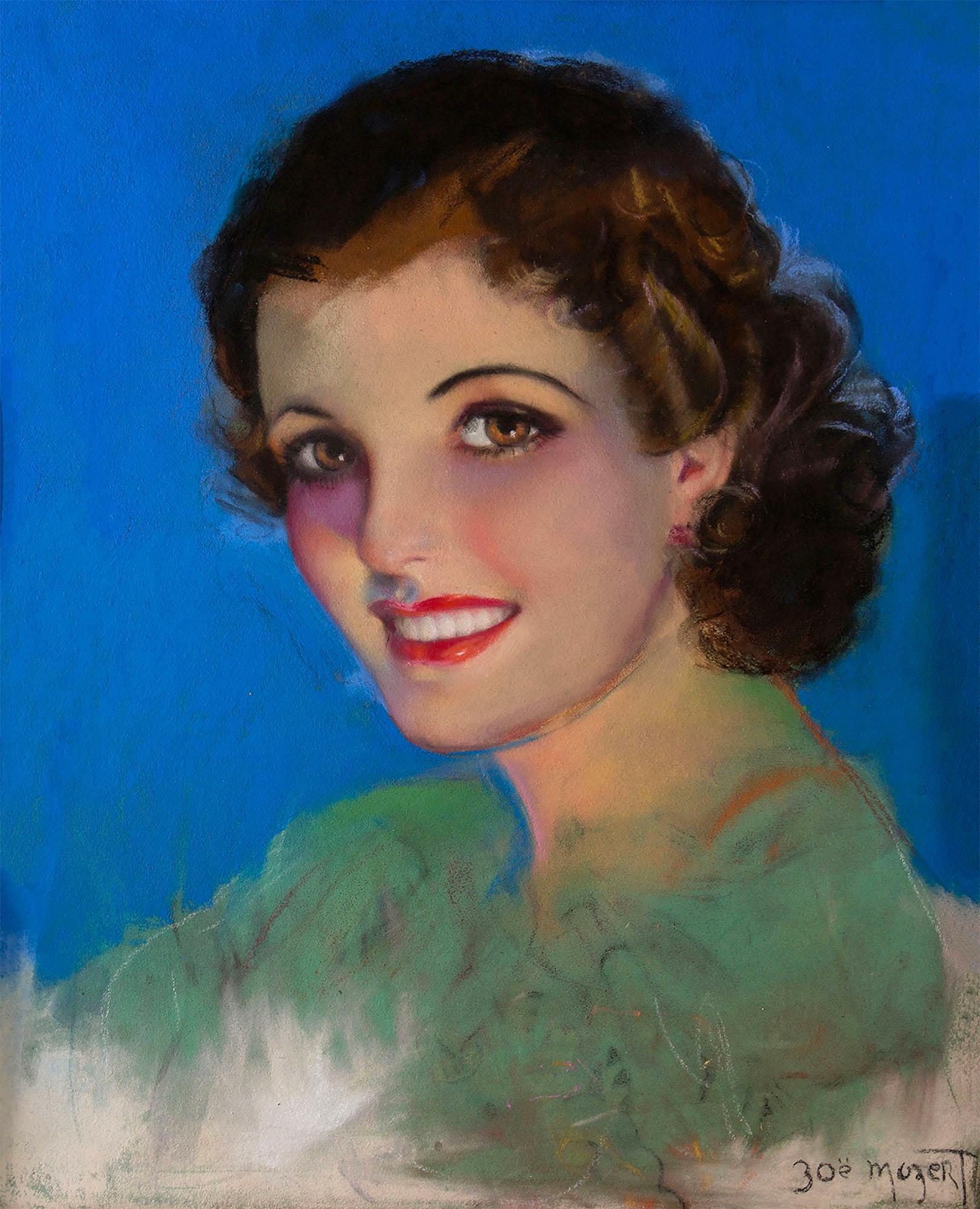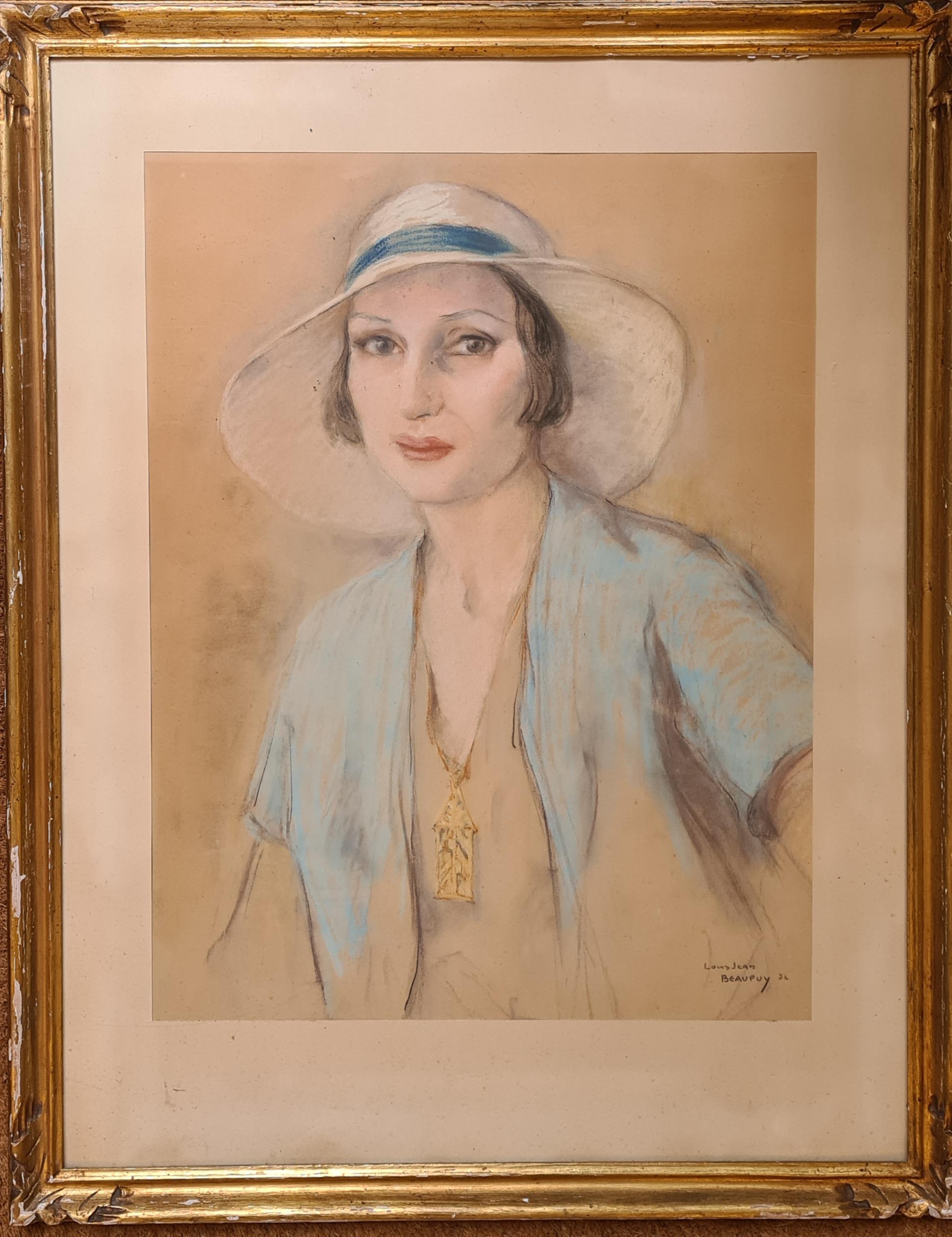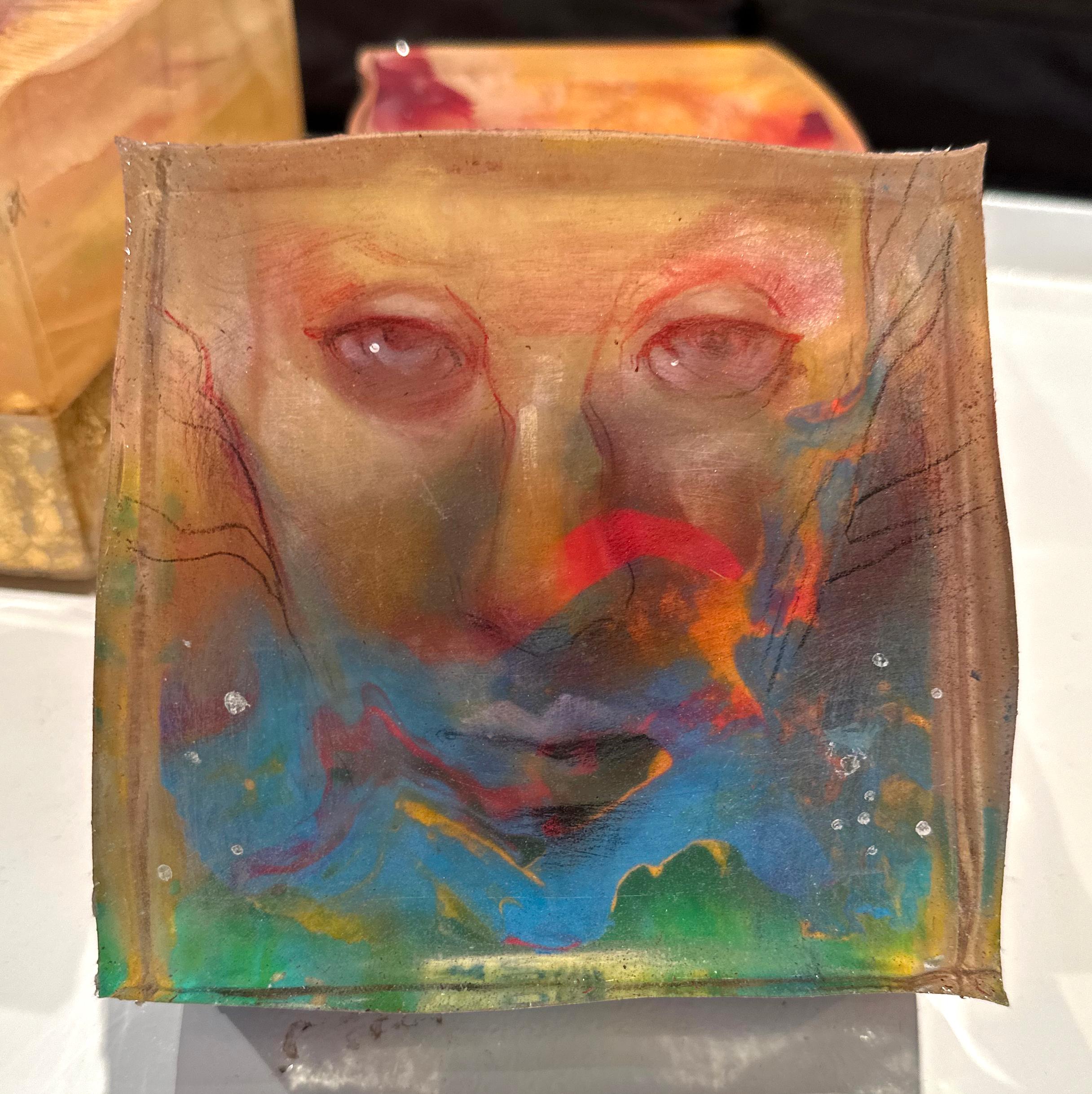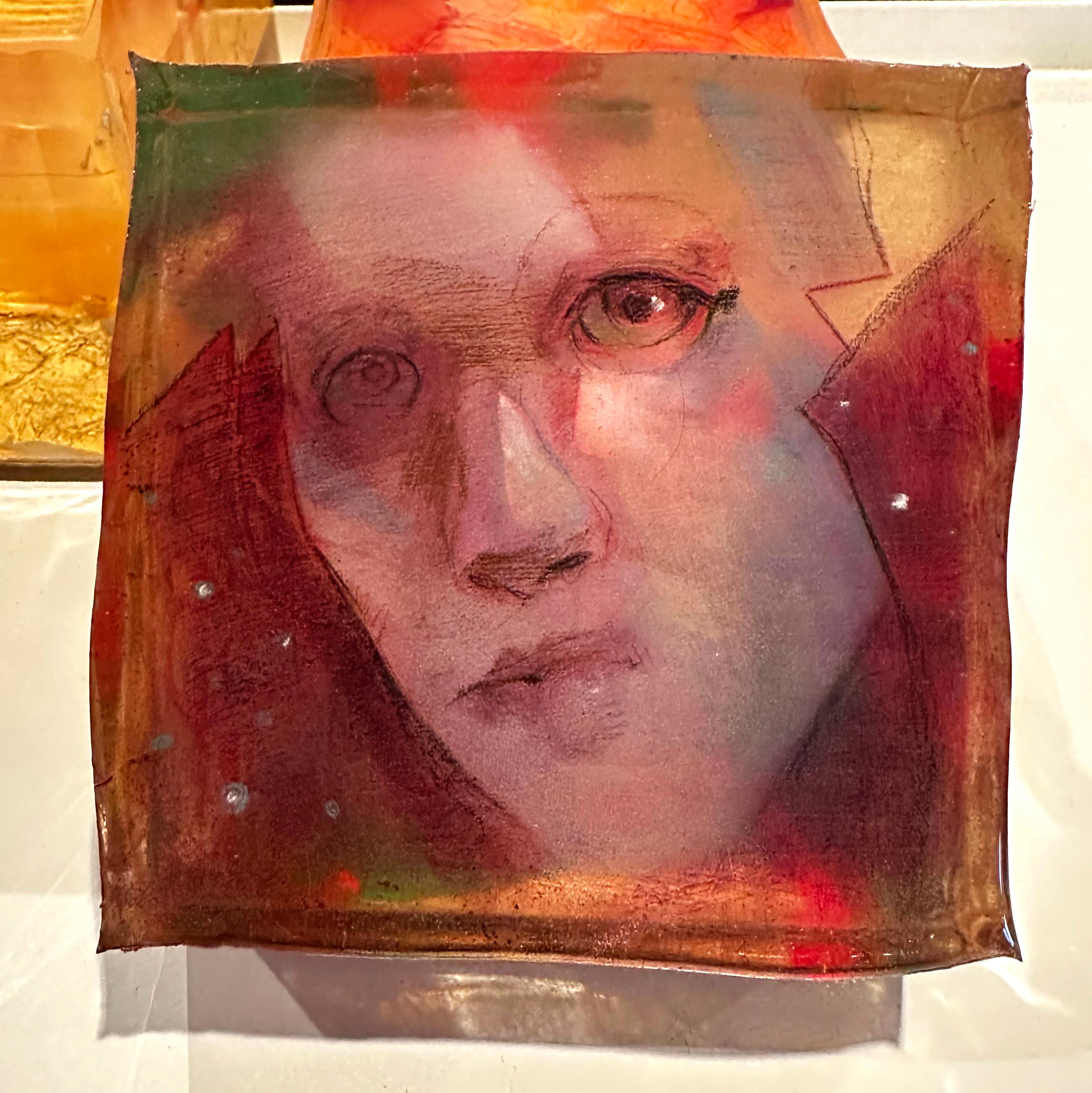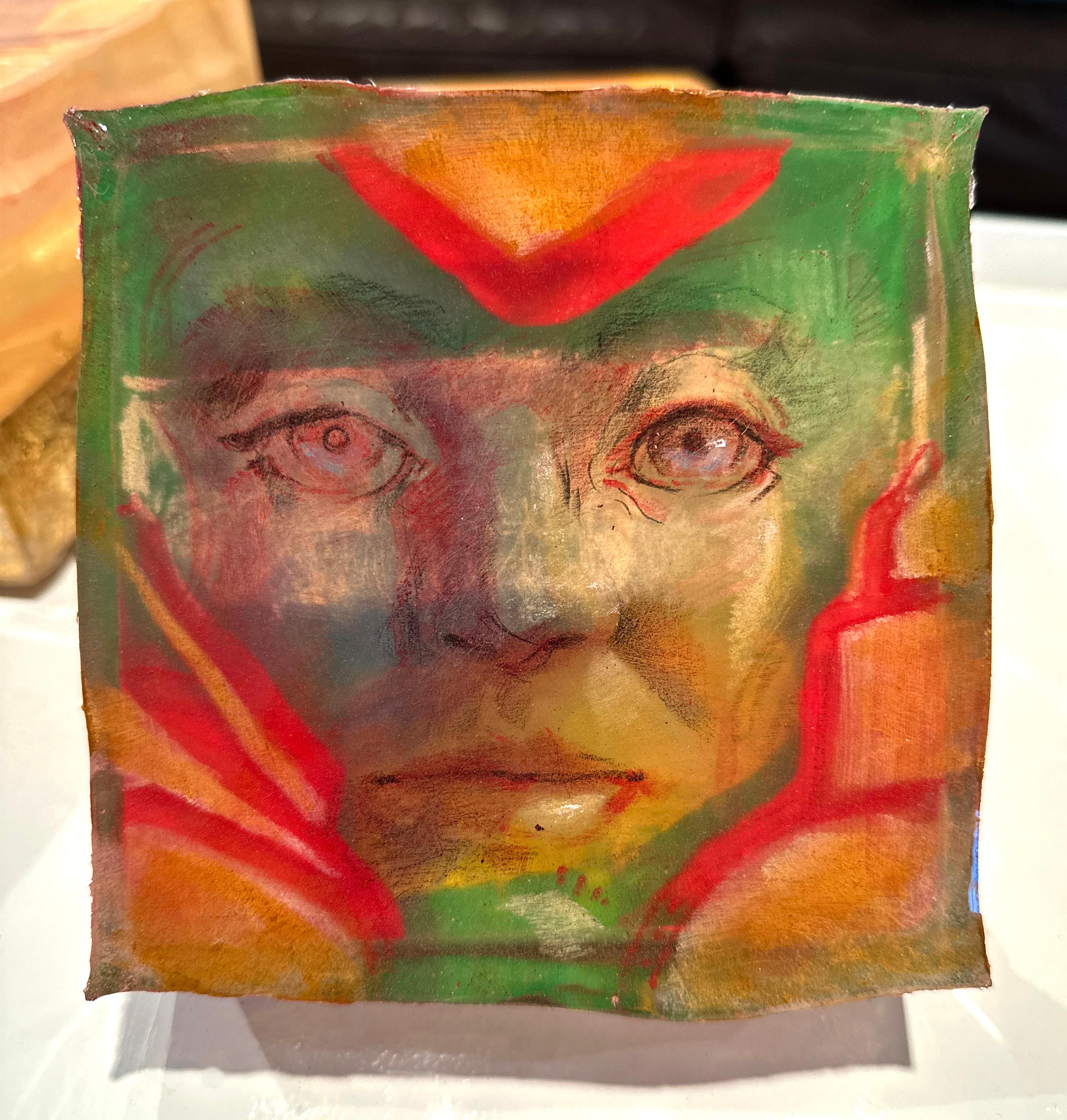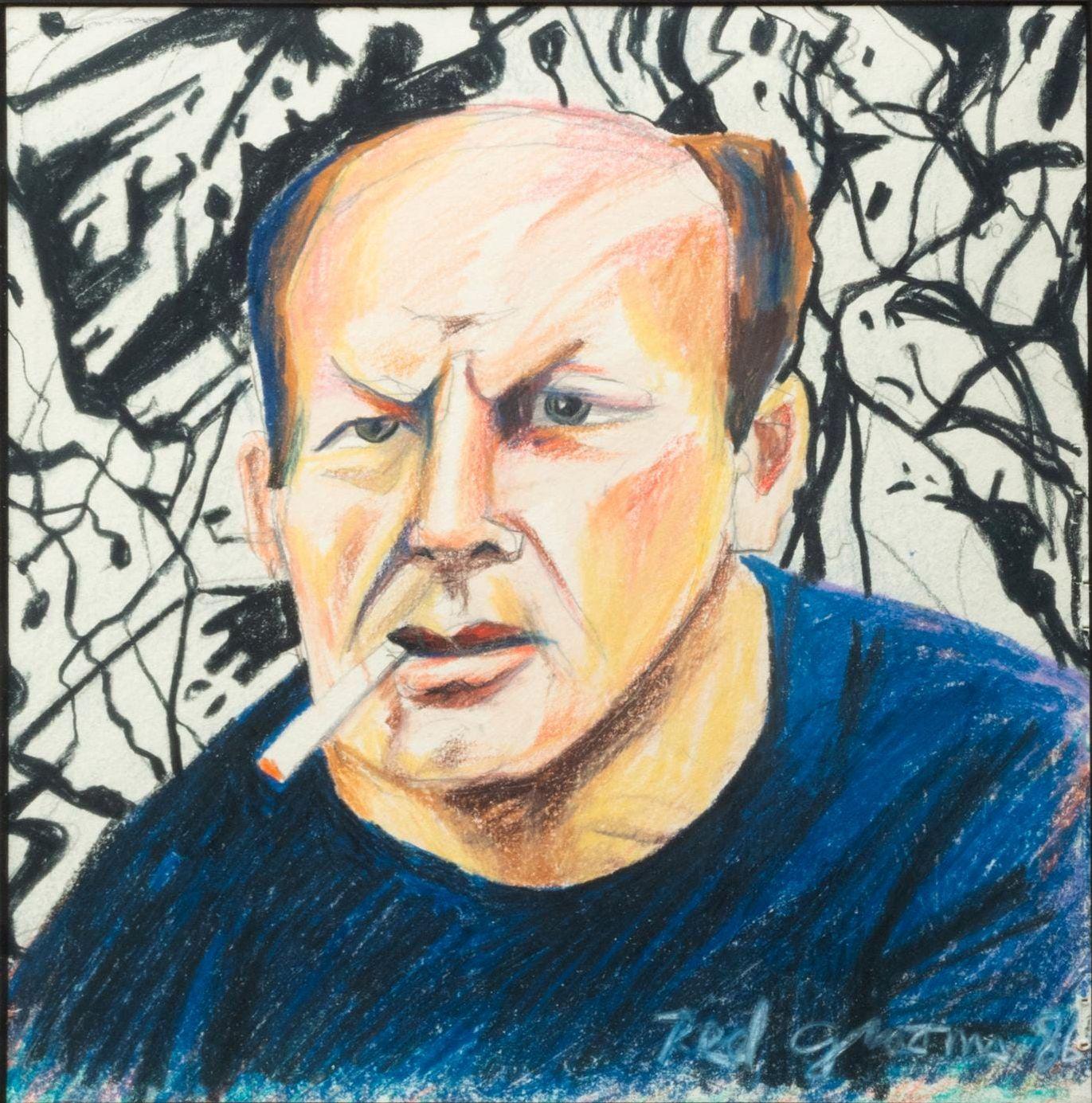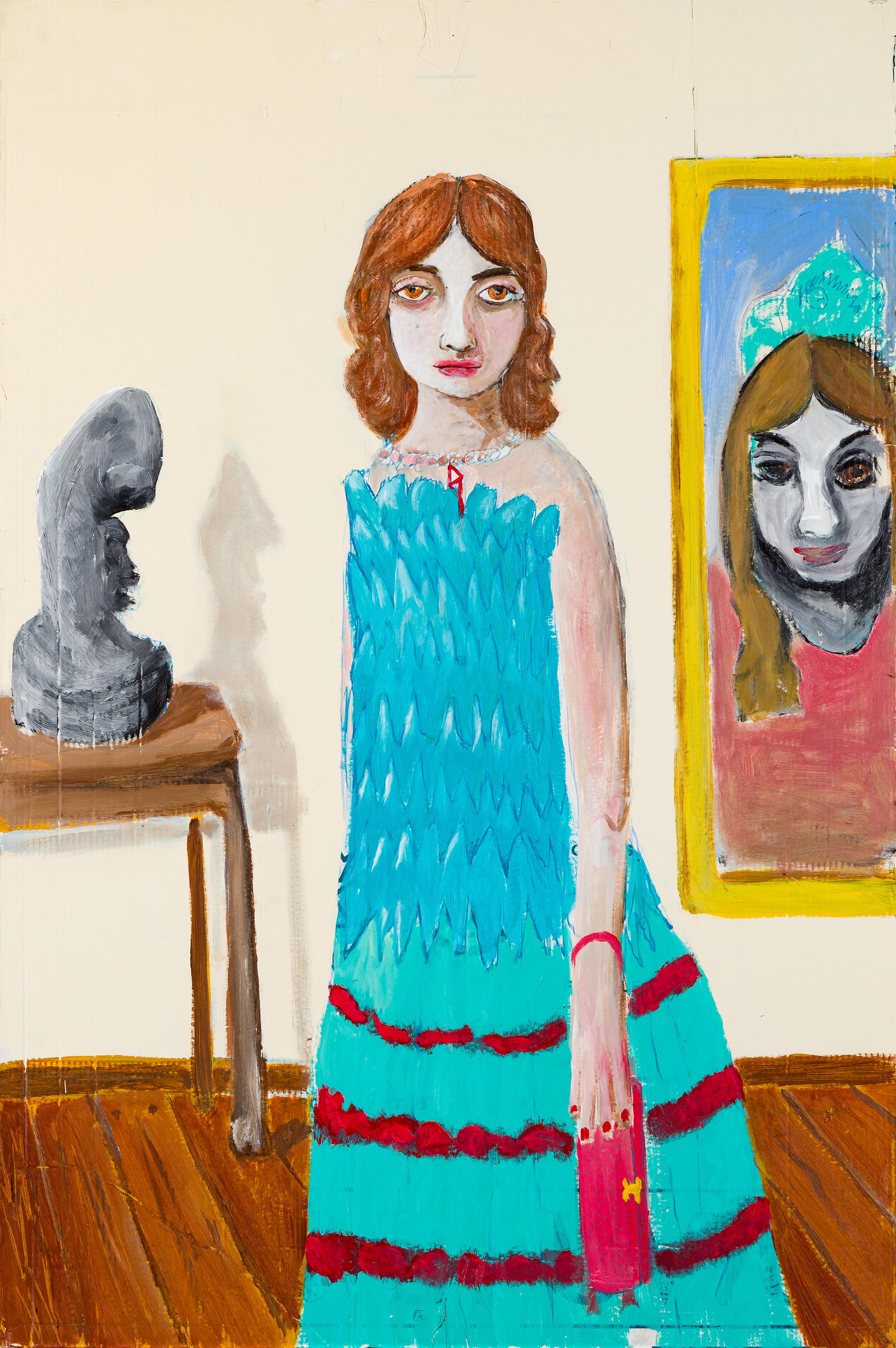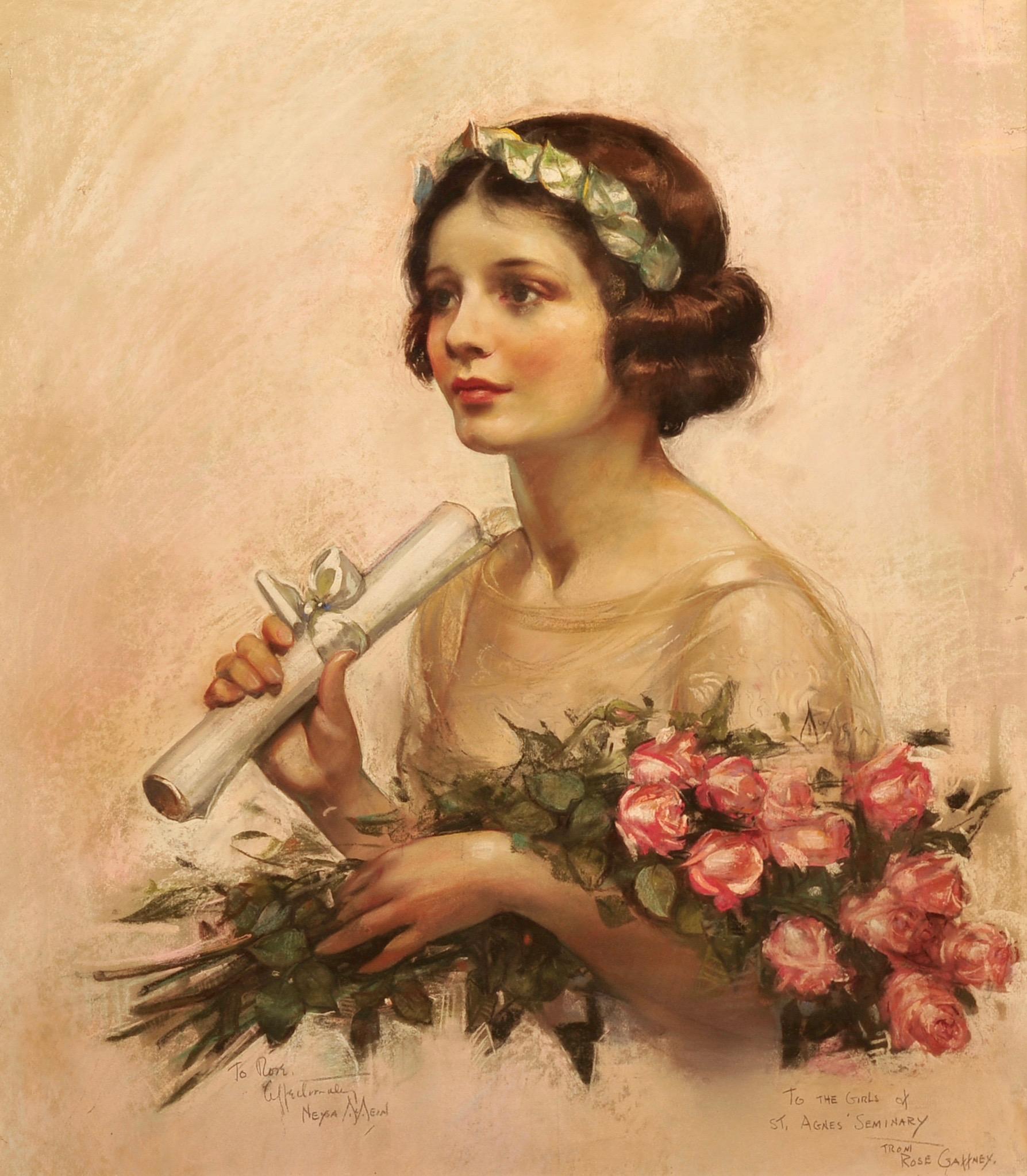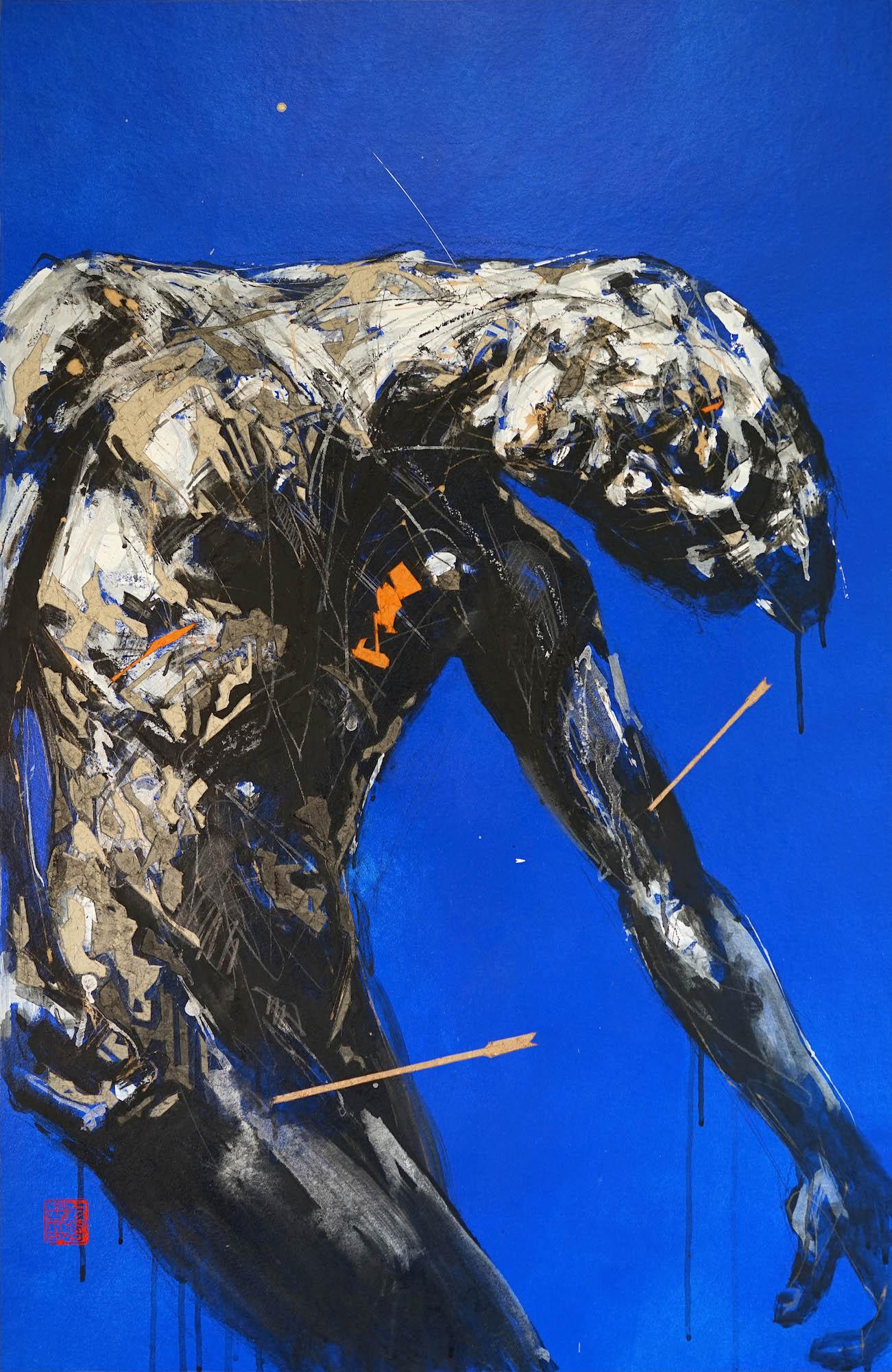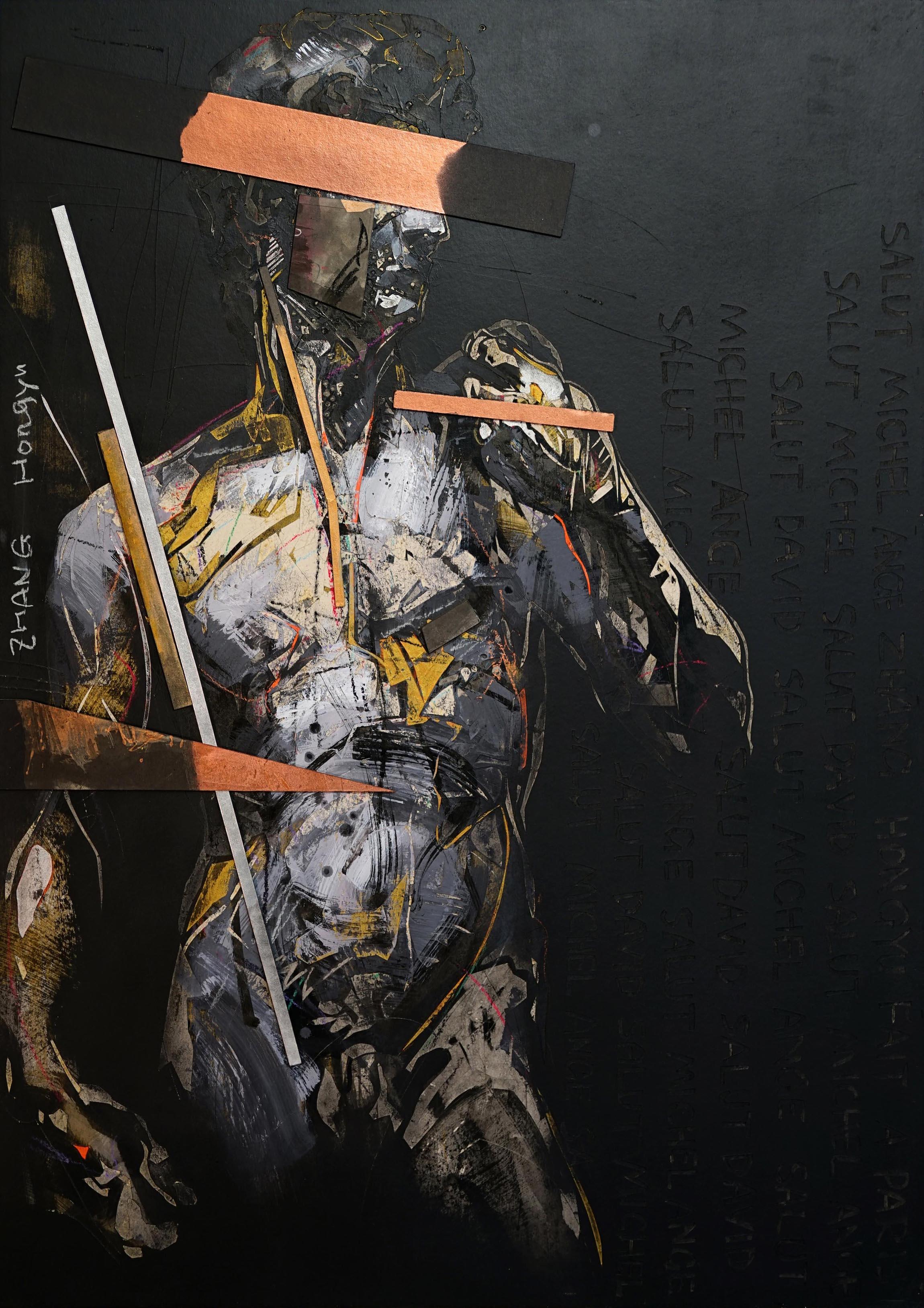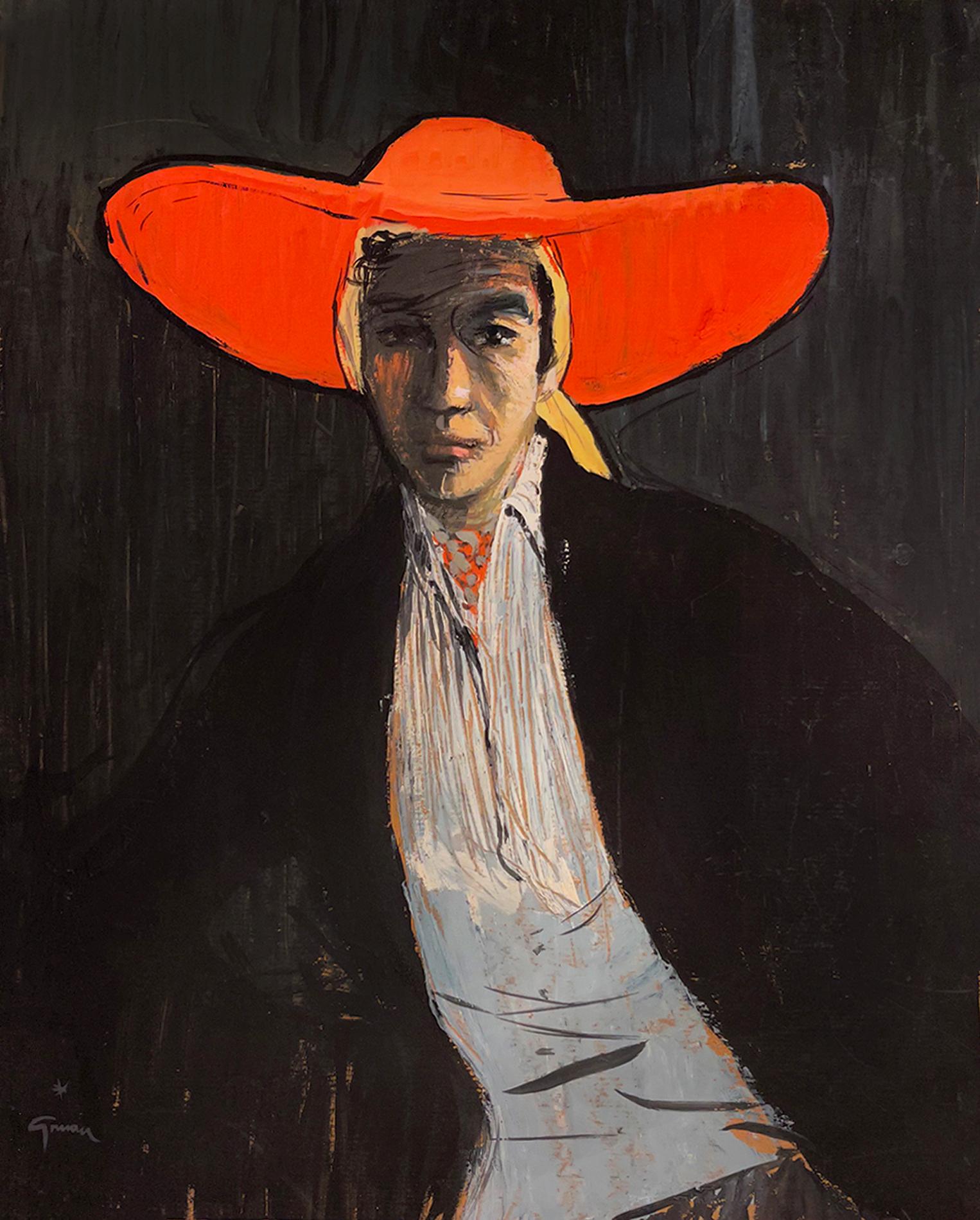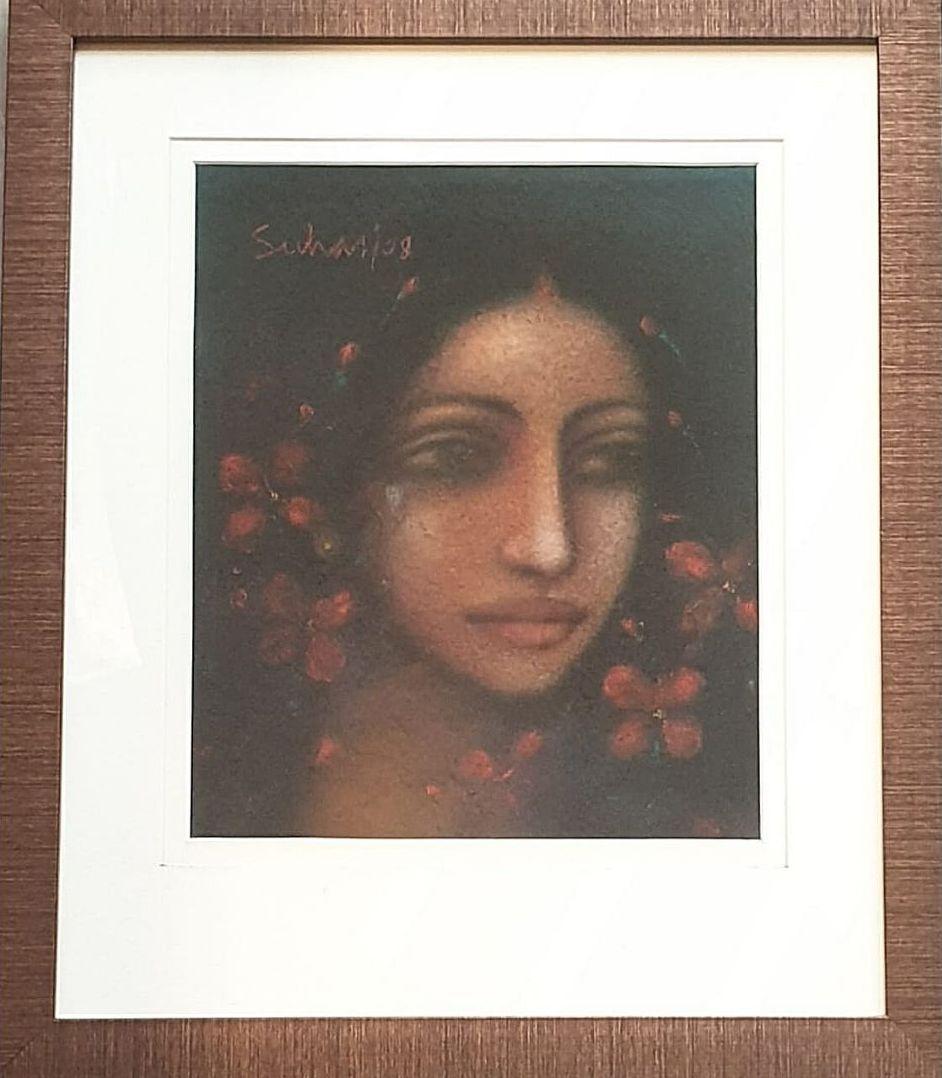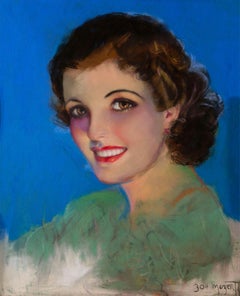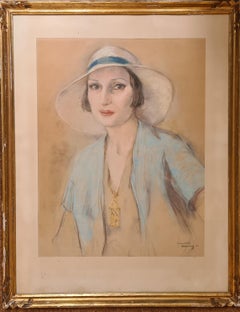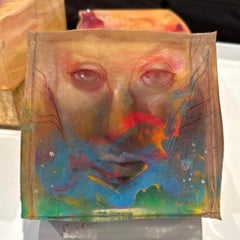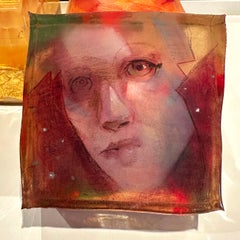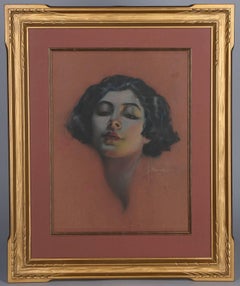
Tell Me Why
View Similar Items
1 of 9
Rolf ArmstrongTell Me Why1919
1919
Price:$9,000
$11,500List Price
About the Item
- Creator:Rolf Armstrong (1889 - 1960, American)
- Creation Year:1919
- Dimensions:Height: 26 in (66.04 cm)Width: 23 in (58.42 cm)Depth: 1 in (2.54 cm)
- Medium:
- Movement & Style:
- Period:
- Condition:
- Gallery Location:Minneapolis, MN
- Reference Number:1stDibs: LU12221101133
Authenticity Guarantee
In the unlikely event there’s an issue with an item’s authenticity, contact us within 1 year for a full refund. DetailsMoney-Back Guarantee
If your item is not as described, is damaged in transit, or does not arrive, contact us within 7 days for a full refund. Details24-Hour Cancellation
You have a 24-hour grace period in which to reconsider your purchase, with no questions asked.Vetted Professional Sellers
Our world-class sellers must adhere to strict standards for service and quality, maintaining the integrity of our listings.Price-Match Guarantee
If you find that a seller listed the same item for a lower price elsewhere, we’ll match it.Trusted Global Delivery
Our best-in-class carrier network provides specialized shipping options worldwide, including custom delivery.You May Also Like
Golden Age of Illustration Beautiful Smiling Woman, Female Illustrator
By Zoë Mozert
Located in Miami, FL
Stunning portrait with a killer smile by Golden Age of Illustration female Illustrator Zoë Mozert. Signed lower right. Framed under glass, silk matted and i...
Category
1930s Portrait Paintings
Materials
Pastel, Illustration Board
French Art Deco Society Portrait, Beauty in a Hat. Pastel and Crayon.
Located in Cotignac, FR
A French art deco pastel portrait by Louis-Jean Beaupuy. The work is signed and dated bottom right. Presented in carved and gilded wood frame.
Beaupuy has captured all the charm and...
Category
Mid-20th Century Art Deco Portrait Drawings and Watercolors
Materials
Paper, Crayon, Pastel
"Inner Light" (2022) By Marc Scheff, Original Multi-Media Painting
By Marc Scheff
Located in Denver, CO
"Inner Light" (2022) By Marc Scheff is original handmade multi-media piece made with layered resin, pencil, acrylic, and pastel on a cradled board. This piece depicts an abstract por...
Category
21st Century and Contemporary Abstract Paintings
Materials
Resin, Pastel, Acrylic, Board, Pencil
"Inner Truth" (2022) By Marc Scheff, Original Multi-Media Painting
By Marc Scheff
Located in Denver, CO
"Inner Truth" (2022) By Marc Scheff is original handmade multi-media piece made with layered resin, pencil, acrylic, and pastel on a cradled board. This piece depicts an abstract por...
Category
21st Century and Contemporary Abstract Paintings
Materials
Resin, Pastel, Acrylic, Board, Pencil
"Inner Soul" (2022) By Marc Scheff, Original Multi-Media Painting
By Marc Scheff
Located in Denver, CO
"Inner Soul" (2022) By Marc Scheff is original handmade multi-media piece made with layered resin, pencil, acrylic, and pastel on a cradled board. This piece depicts an abstract port...
Category
21st Century and Contemporary Abstract Paintings
Materials
Resin, Acrylic, Board, Pencil, Pastel
"Jackson Pollock, " Red Grooms, New York School Pop Art Portrait
By Red Grooms
Located in New York, NY
Red Grooms (American, b. 1937)
Jackson Pollock, 1986
Pastel on paperboard
9 1/4 x 9 1/4 inches
Signed and dated lower right
Provenance:
Hirschl & Adler Modern, New York
Charles Rog...
Category
1980s Pop Art Portrait Paintings
Materials
Board, Pastel
$18,400 Sale Price
20% Off
